Steady Work Reveals How to Implement a Continuous Improvement Operating System in Quick-Service Restaurants
Author and former Starbucks’ Regional Manager Karen Gaudet offers practical and astute business guidance plus a heartfelt personal story about how “Playbook,” a continuous improvement business system, revitalized the retailer during the global financial crisis and helped employees in Newtown, CT, get through the worst week of their lives.
Leaders who read Steady Work will learn:
- How the system enabled a team to successfully scale up service when a Newtown, CT, Starbucks became a center for global media and the local community after a tragic shooting at an elementary school.
- How Starbucks leaders implemented the flexible operating system by becoming immersed in the daily work of frontline partners — baristas, cashiers, and support persons — as they made espresso drinks, brewed coffee, steamed milk, heated sandwiches, restocked food, cleaned, replenished items, and interacted with customers.
- How managers observed, timed, and mapped the steps required to do the frontline work and broke every task into timed components.
- How point-of-sales data was combined with work components to create standardized routines or “plays” for every job so managers and partners could respond quickly and efficiently to surges in customer demand.
- How task standardization and steady work cadences improved employee productivity and turnover, and customer satisfaction.
- How the operating system supported Starbucks’ initiative during the financial crisis to get back to its founding principles of people, community, and good coffee.
- How the shift to robust standard work routines allowed managers at busy stores to take scheduled days off — in a row without getting frantic calls from the store!
- How to implement, sustain, and spread this proven framework for a comprehensive continuous improvement system — at a single location and throughout the organization.
Steady System Handles Restaurant Demand Fluctuations
Clear, concise, and actionable, Steady Work is a must-read for managers and executives in retail, restaurant, and service industries as well as continuous improvement professionals in any business. It explains in detail how a lean operating system solved a critical problem that every business faces, especially quick-service restaurants: How to steadily meet huge fluctuations in customer demand with the right levels of staff and product mix.
Chapter Downloads:
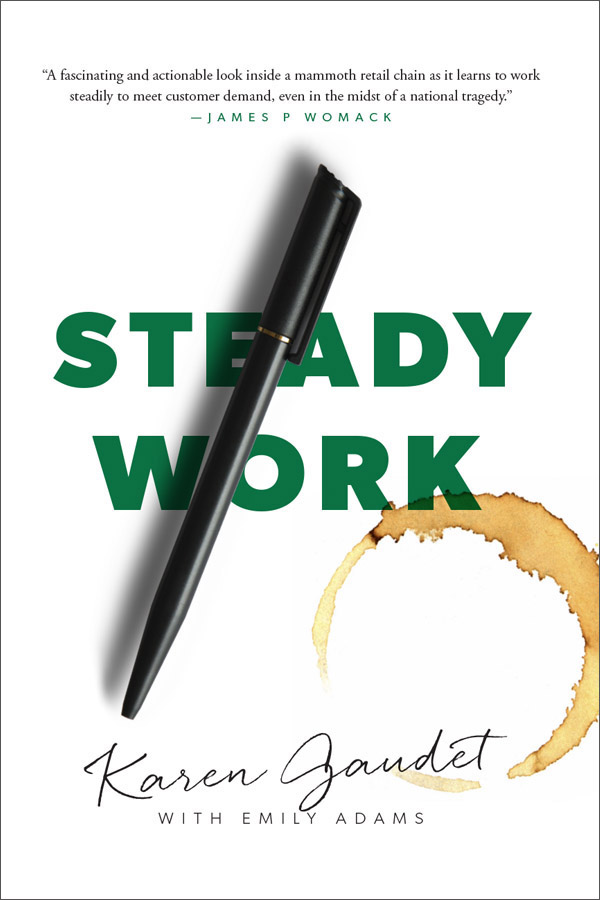





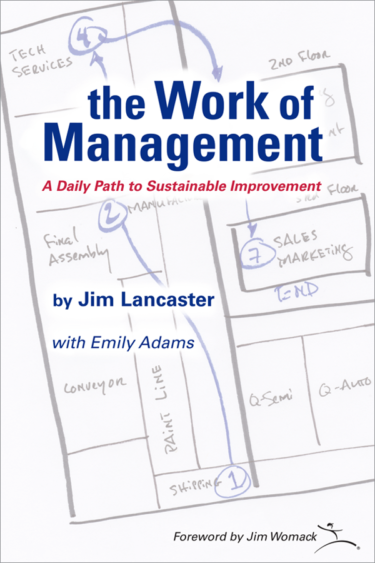
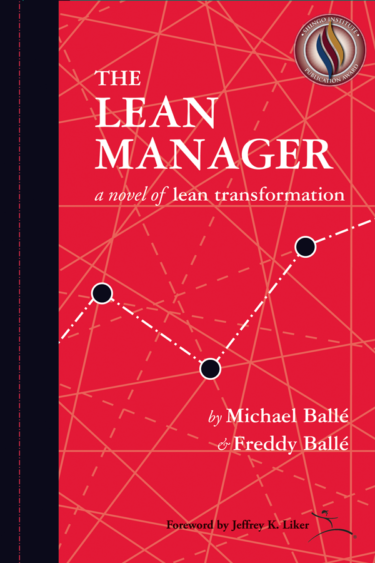
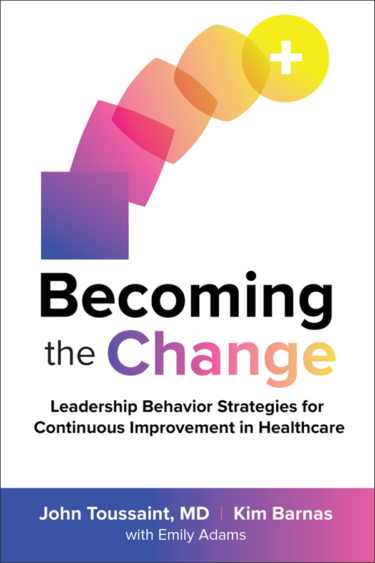
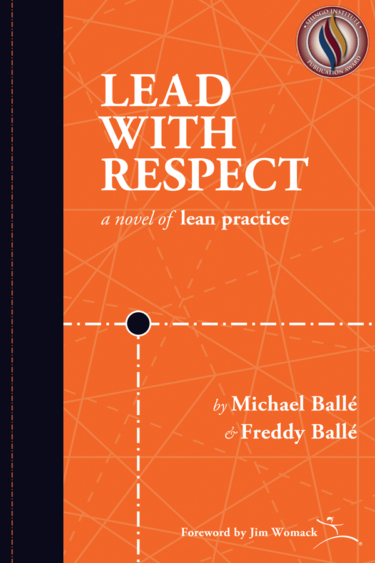
Reviews
There are no reviews yet.